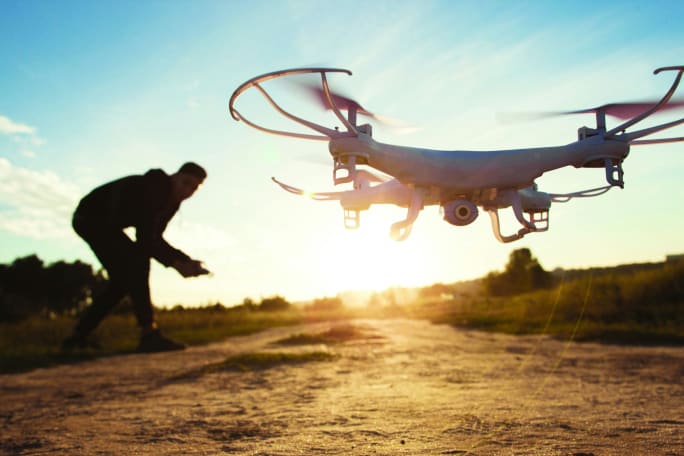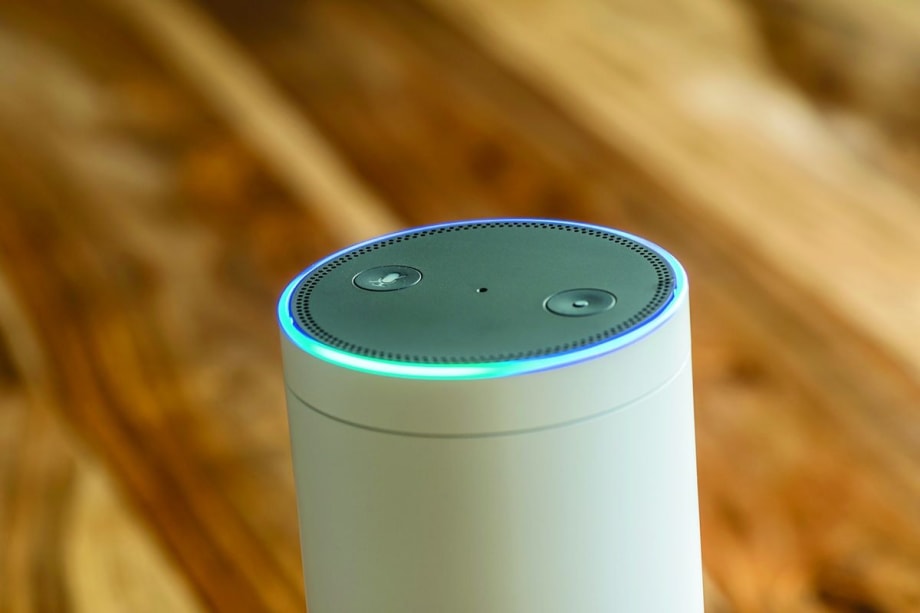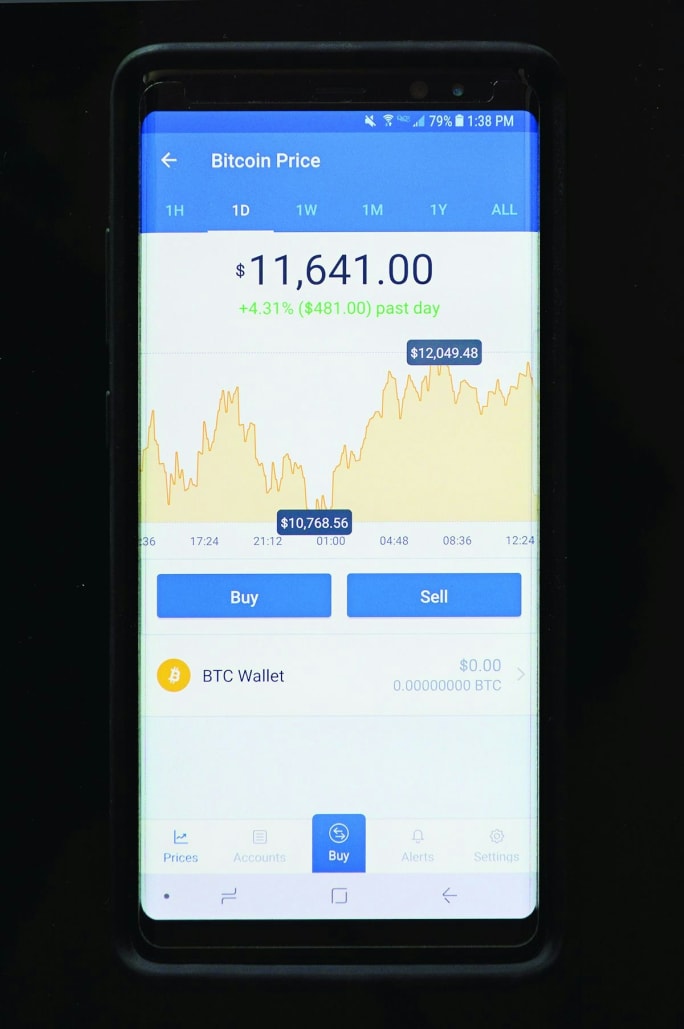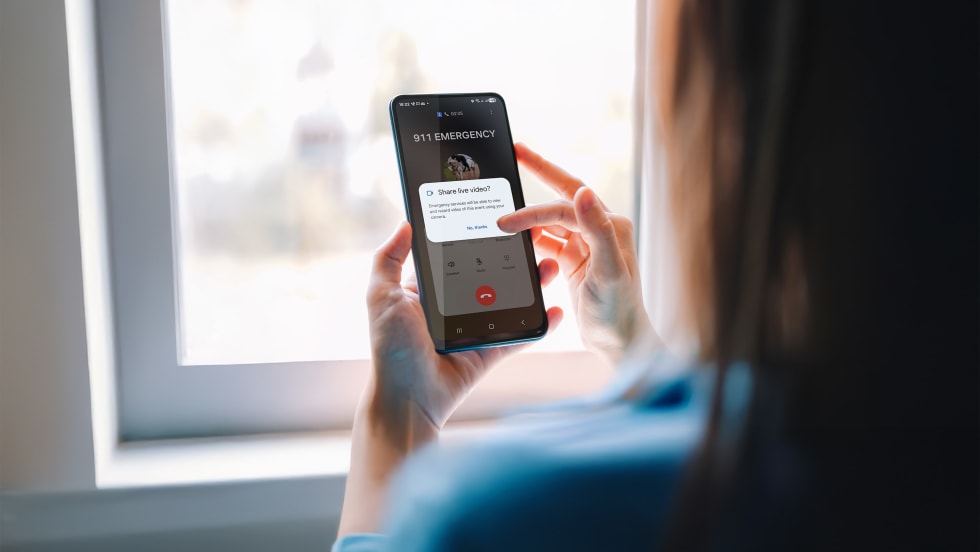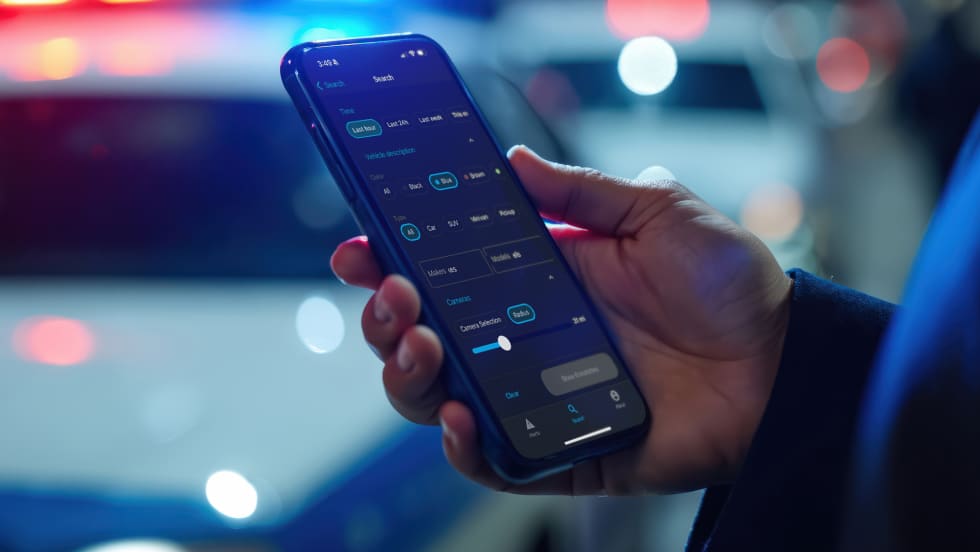Some homes and offices have more than one of these Amazon or Google devices. (The author has three.) These devices listen for their wake words and execute spoken commands such as telling time, setting alarms, playing online radio stations, and answering simple questions. With additional accessories, they can also manipulate thermostats, lighting, and other controls.
Smart speakers are showing up at more and more crime scenes. During a presentation at last month's Techno Security & Digital Forensics Conference four out of approximately 50 digital forensics analysts attending a presentation on IoT devices said they had dealt with smart speakers.
The presence of such devices at crime scenes means officers and analysts need to know how to handle them. The most important thing to know is what not to do. Don't say the wake word. If you do and the system hears it, you will destroy evidence. The system has very limited onboard memory. Saying the wake word erases one of its most recent commands.
Most of the data from smart speakers, however, is captured in the app on the owner's phone or tablet or on the cloud. These devices are not computers; they are portals to computers in the cloud that tell the Alexa or Home or whatever to execute your commands. That's why they are basically paperweights when they lose their WiFi connection.
The good news from an investigative standpoint is that everything ever asked of these devices is stored on the cloud until the user erases it from the app. The bad is that the cloud servers are controlled by huge companies that tend to ignore warrants or fight them. If you really need the command data from a smart speaker your best bet is to access it from the app on the owner's phone or tablet. And of course, the easiest way to do this is to get the victim, suspect, or other individual with legal standing to give you the user name and password.
